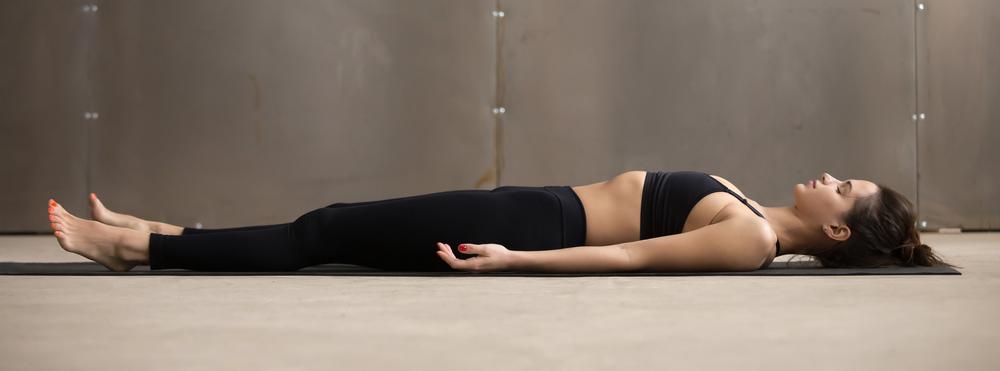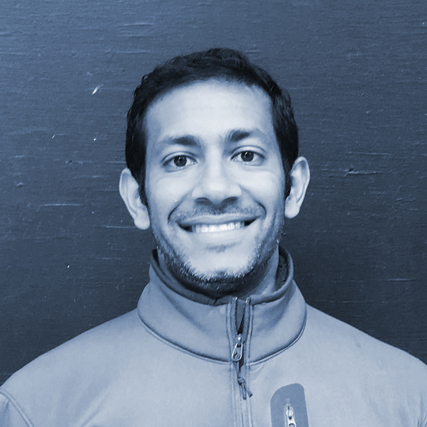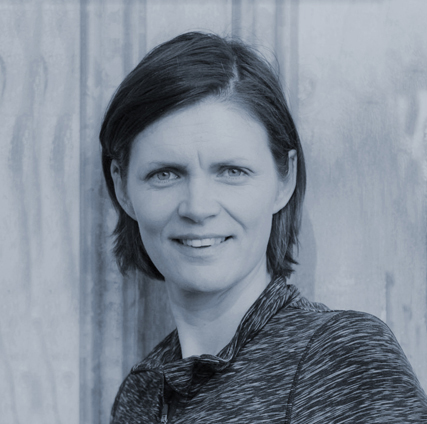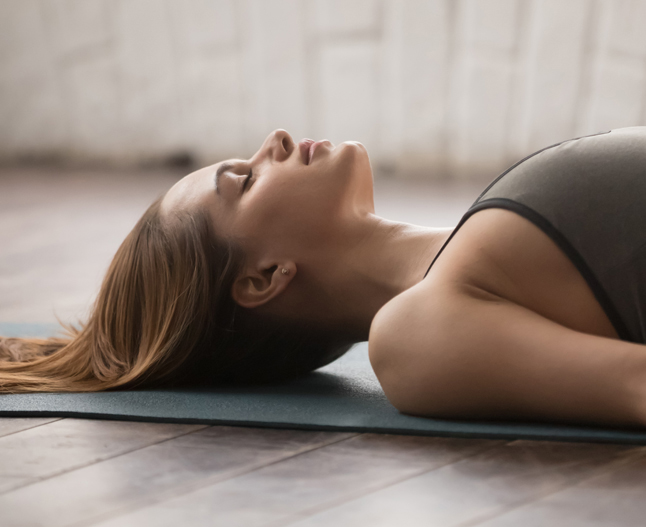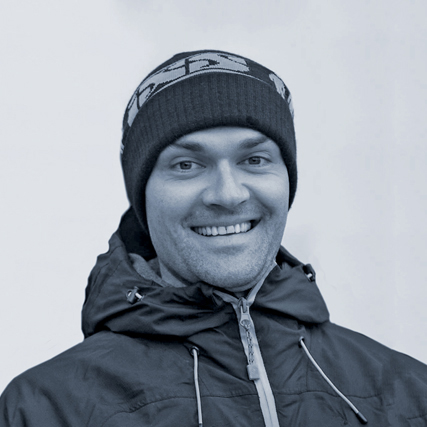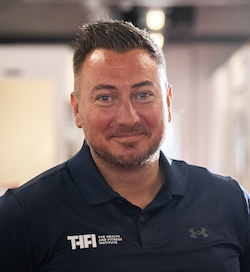There is so much talk about the health and fitness sector’s role in motivating the inactive to move more that we often forget about the opposite end of the spectrum: over exercising among the highly motivated or chronically stressed.
Fear of missing a workout can drive keen members to push themselves too hard and occasionally a negative cycle can occur, where they start to lose performance, so push themselves harder when they should be backing off.
This can especially be the case if they are coping with stress in other parts of their lives, particularly over a prolonged period. Lifestyle stress raises the fight or flight response, elevating the stress hormones adrenalin and cortisol, and potentially suppressing the immune system. If overridden for too long this can lead to burnout.
Elite athletes and coaches have known for years that progress happens during recovery, rather than during training. Our bodies adjust to a stressor by triggering growth mechanisms. Once the stress is over, we shift to recovery and rebuilding mode, to adapt to the stressor. Ideally, we recover to be better adapted than before.
But, when we over-exercise, or if we have too many other stressors, our bodies can’t recover. Vivek Menon from Elite HRV explains: “This can manifest in many ways, including the inability to make fitness gains; greater susceptibility to injuries and illness; hormonal disruption and gut health issues. In general, the longer the over-exercise or over-stress occurs, the worse the impact and the longer the recovery.”
So how can fitness professionals ensure they communicate the importance of recovery? We ask the experts








